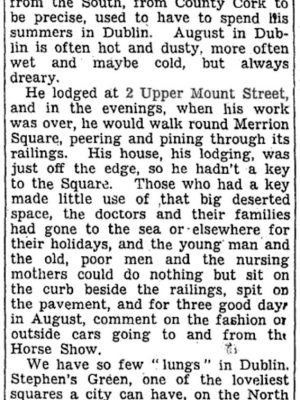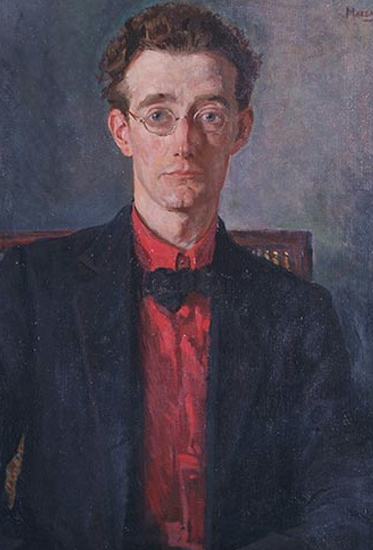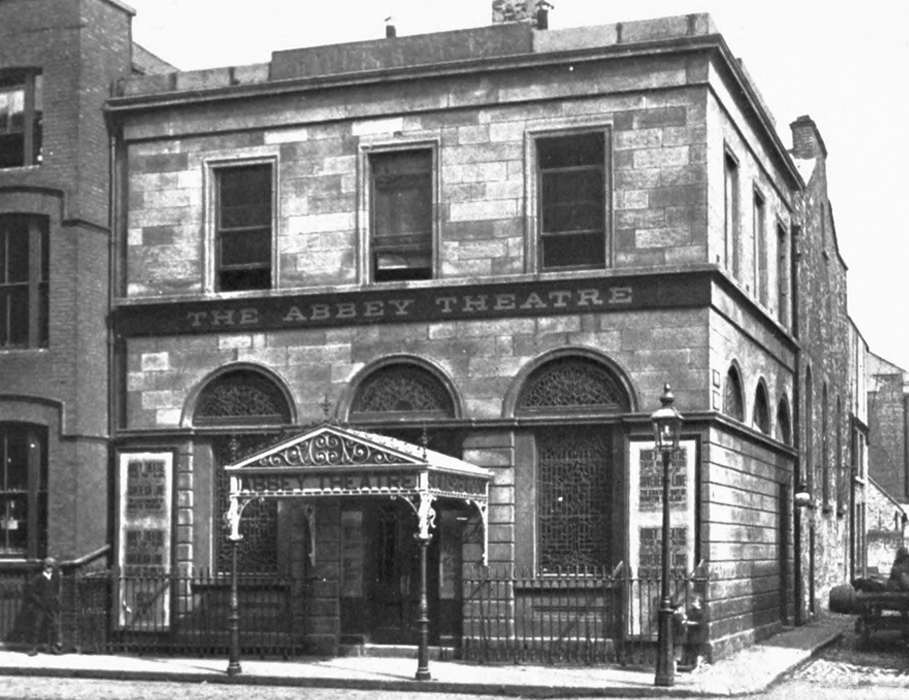1904 Lennox Robinson
Lennox Robinson
Lennox Robinson renowned playwright, poet and director lived in No 2 as a boarder. Robinson was born in Westgrove, Douglas, County Cork and raised in a Protestant and Unionist family in which he was the youngest of seven children.
In August 1907, his interest in the theatre began after he went to see an Abbey production of plays by W. B. Yeats and Lady Gregory at the Cork Opera House. He published his first poem that same year. His play, The Cross Roads, was performed in the Abbey in 1909.
In 1920 when he was hired as Secretary to the newly-established Irish Advisory Committee of the CUKT, he recommended his friend Thomas MacGreevy, Poet, to the Committee as Assistant Secretary. MacGreevy remained Assistant Secretary until 1925, when the Irish Advisory Committee was dissolved due to pressure from the Church. On 8 September 1930, Robinson married Dolly Travers Smith, a union which seemed to have surprised everyone who knew them well. MacGreevy took the announcement of the engagement particularly badly, yet, resumed his friendship with Dolly and Lennox, albeit not at the level previously enjoyed. Even before Robinson’s marriage to Dolly Travers Smith, MacGreevy and Robinson’s relationship seemed to alternate between love and hate. Nevertheless, MacGreevy and Robinson remained in correspondence until Robinson’s death.

Lennox Robinson examines a portrait of himself in 1930
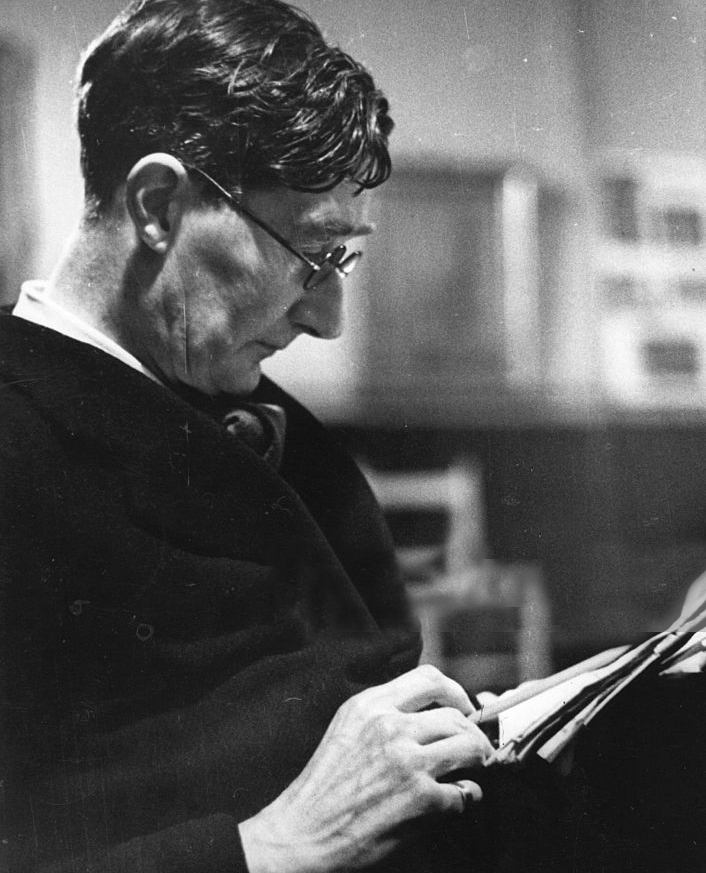
Lennox Robinson studying a script at the Abbey Theatre, Dublin
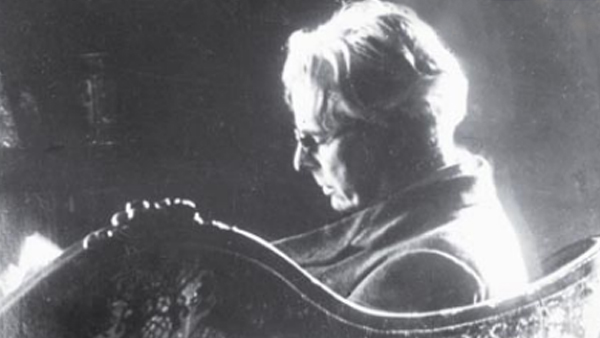
WE Yeats reading at Sorrento House,
Lennox Robinson’s House circa 1930.
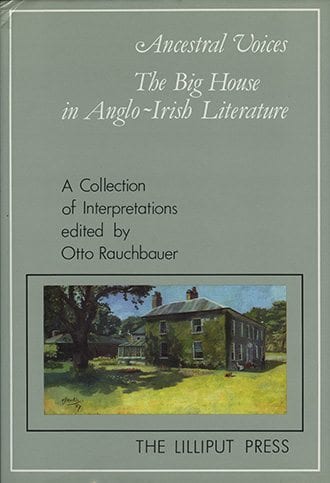
Lennox Robinson and The Big House
Written in 1926, The Big House, by Lennox Robinson, engaged directly with the complexities of the Irish identity that was emerging throughout this turbulent period in Irish history.
Set in the fictional Ballydonal House in Co Cork, the drama of The Big Houseunfolds in tandem with key political events: Armistice Day, 1918; the Black and Tan guerrilla war in 1921; and the end of the Civil War in 1923. Robinson’s sympathetic portrayal of an Anglo-Irish family forced to choose between their country (Ireland) and their culture (English Protestantism) presents an alternative perspective on the narrative of the emerging nation.
Excerpt from an Irish Times article ‘Bringing the House Down’ August 2007.
Lennox Robinson at the Abbey Theatre
Lennox Robinson, often overlooked was a key figure along with WB Yeats and Lady Grgory in the development of the Abbey Theatre’s artistic reputation.
He made the Abbey Theatre his life, as playwright and manager, from 1907 up to his death in 1958.
He resigned in 1914 as a result of a disastrous tour of the United States but returned in 1919. He was appointed to the board of the theatre in 1923 and continued to serve in that capacity until his death. In 1951 he published Ireland’s Abbey Theatre, the first full-length history of the company.

